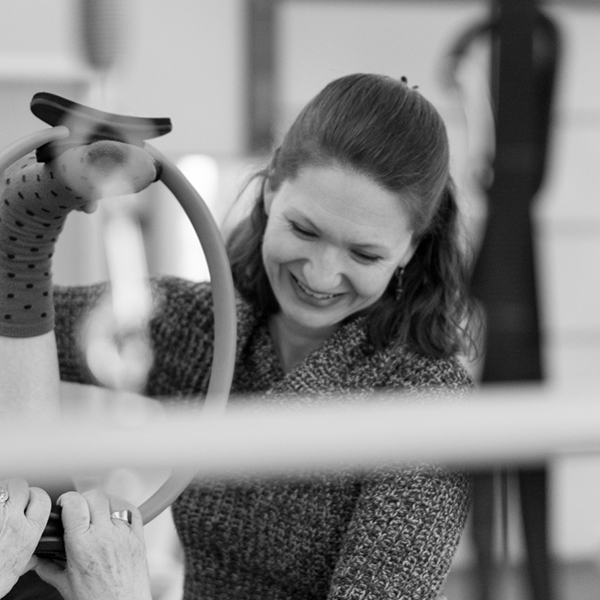
Is My Pain Coming from Muscles or Organs? How to Tell the Difference
Musculoskeletal pain usually comes from the body’s muscles, joints, ligaments, or tendons. Think of back strain after moving heavy boxes, knee pain after running, or shoulder discomfort from repetitive movements. This kind of pain often changes when you move in certain ways - some movements can make it feel better, while others can reproduce the pain. It’s also common for musculoskeletal pain to feel tender if you press directly on the area. Most of the time, you can point to the exact spot that hurts, and it often improves with simple strategies like rest, ice or heat, stretching, or gentle exercise. I always tell my clients: if we move the neck and that reproduces the pain, then we know the neck, or the muscles and tendons that move the neck, are the culprit.
Organ pain, sometimes called visceral pain, is different. It is often described as deep, dull, pressure-like, or crampy. Many times, it’s hard to pinpoint, and it usually cannot be reproduced with movement. Unlike musculoskeletal pain, it also typically doesn’t resolve with rest. For example, heart pain may radiate into the jaw, arm, or upper back, while gallbladder pain can show up near the right shoulder blade. This type of pain tends to be constant and feels unchanged no matter the position you put your body in. Organ pain may also come with other symptoms, such as nausea, sweating, fever, or changes in digestion or urination.
It’s also important to watch for red flags. Sudden or severe pain, especially if it feels different from anything you’ve had before, should never be ignored. Ongoing pain paired with fever, night sweats, unexplained weight loss, or digestive or urinary changes should also be evaluated by a healthcare provider.
The bottom line is to listen to your body. Musculoskeletal pain often improves with time, movement, and physical therapy. Organ pain tends not to improve on its own and usually comes with other warning signs. If you’re ever unsure, it’s always safest to get checked by your physical therapist or another healthcare professional.
Book Online
Have you been to Tula before?
Existing Patient Information
Looking up patient...
Looking up your information...











